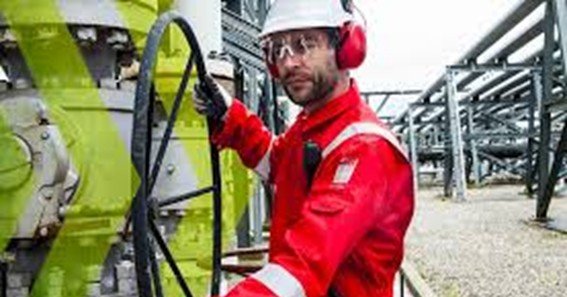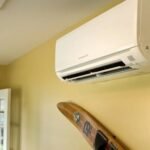In industries where exposure to flames and thermal hazards is a constant risk, ensuring worker safety is paramount. FR bibs (flame-resistant bib overalls) serve as a critical component of personal protective equipment (PPE), offering both protection and comfort to professionals in such environments.
Key Features of FR Bibs
-
Flame Resistance: Constructed from materials designed to self-extinguish, FR bibs minimize burn injuries and prevent the spread of flames.
-
Durability: High-quality FR bibs are made from robust fabrics like 100% cotton duck or denim, ensuring longevity even in demanding conditions.
-
Comfort and Fit: Modern designs incorporate adjustable straps, reinforced knees, and multiple pockets, enhancing both comfort and functionality.
-
Insulation: Some FR bibs feature quilted linings or advanced technologies to provide warmth in colder environments.
Benefits of Using FR Bibs
-
Enhanced Safety: By reducing the risk of burn injuries, FR bibs contribute significantly to overall workplace safety.
-
Compliance: Wearing FR bibs helps meet industry safety standards and regulations, ensuring legal compliance.
-
Versatility: Suitable for various sectors, including oil and gas, electrical, and manufacturing industries.
Selecting the Right FR Bibs
When choosing FR bibs, consider the following factors:
-
Material: Opt for fabrics that offer both flame resistance and durability.
-
Fit and Comfort: Ensure the bibs provide a comfortable fit with adjustable features.
-
Compliance: Verify that the bibs meet relevant safety standards for your industry.
-
Additional Features: Look for practical elements like multiple pockets, reinforced areas, and insulation if working in colder climates.
FAQs
-
What industries commonly require the use of FR bibs?
Industries such as oil and gas, electrical utilities, welding, and manufacturing often require FR bibs to protect workers from thermal hazards.
-
How should I care for my FR bibs to maintain their protective qualities?
Follow the manufacturer’s care instructions, typically involving washing with mild detergent and avoiding the use of bleach or fabric softeners, which can degrade flame-resistant properties.
-
Are there different types of FR bibs for varying environmental conditions?
Yes, FR bibs come in various designs, including insulated versions for cold environments and lighter, unlined versions for warmer conditions.
-
Can FR bibs be repaired if damaged?
Minor repairs can be made using FR-compliant materials, but significant damage may necessitate replacement to ensure full protective functionality.
-
How do I ensure the FR bibs I purchase meet safety standards?
Purchase from reputable manufacturers and verify that the bibs are certified to meet relevant industry standards, such as NFPA 2112 or ASTM F1506.










